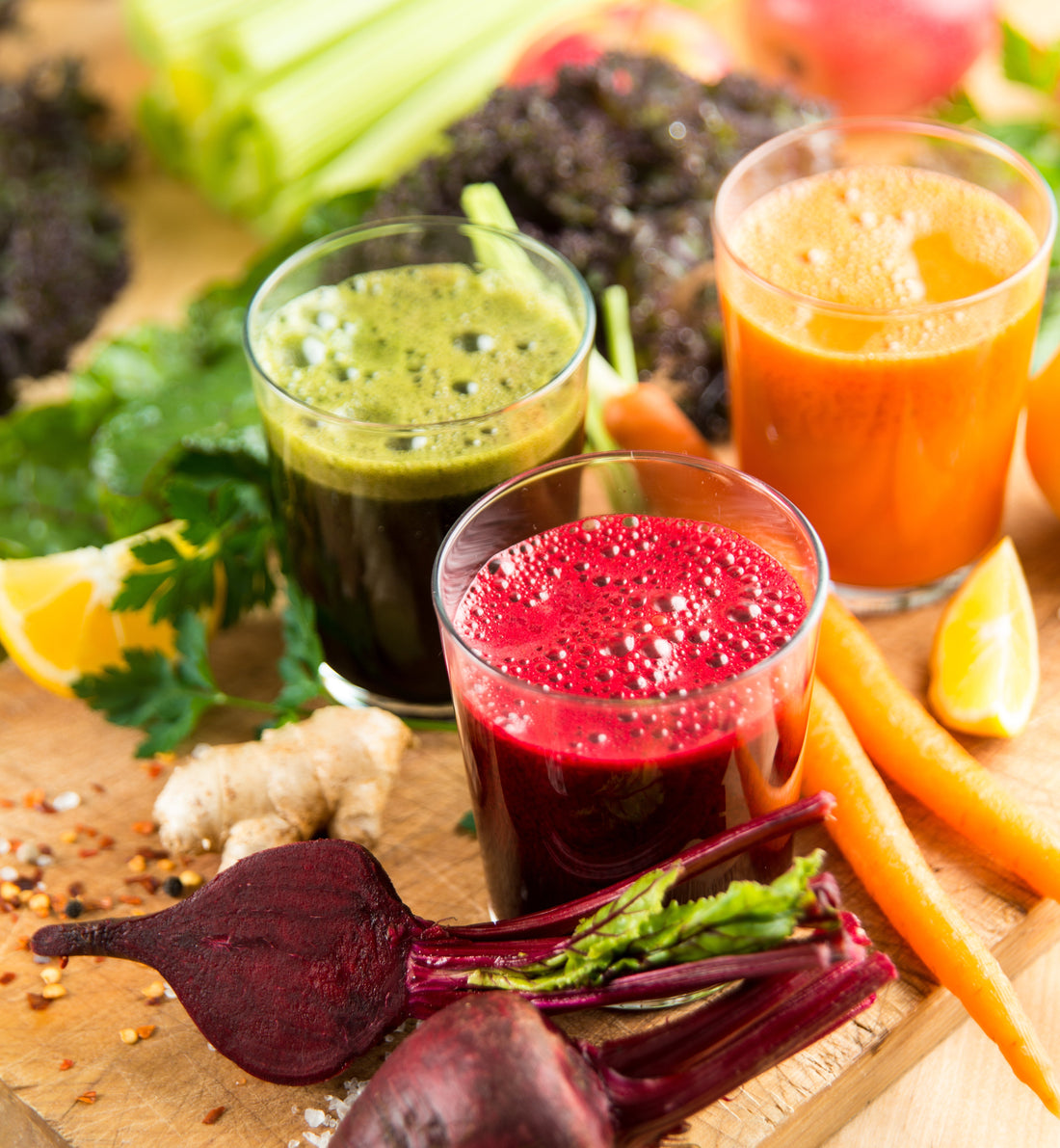
The Power of Real Food: Why Blended Meals Matter for Adults on Tube Feeds
Share
The Power of Real Food: Why Blended Meals Matter for Adults on Tube Feeds
For many of us, food is far more than fuel. It’s ritual, identity, culture, and comfort. Meals punctuate our day, bring people together, and allow us to express care, whether through a favourite childhood recipe or a shared table with friends. So, what happens when someone who has spent their life enjoying real, varied food suddenly has to rely on formula feeds due to illness, disability, or injury?
For adults accustomed to real food, the transition to a formula-only diet can be deeply distressing not just physically, but emotionally and socially. Standard tube-feeding formulas are often ultra-processed, casein-based (derived from cow’s milk protein), and bear little resemblance to actual food in taste, smell, or texture. While medically complete, they lack the joy, complexity, and cultural resonance of a real meal. They are, in essence, functional nutrition in a bottle, and many adults find them infantilising, alienating, and unappetising.
The Emotional and Psychological Toll of Formula-Only Diets
Imagine being told you can never eat again, and instead must rely on a synthetic, milky formula day in, day out. For someone who once loved cooking, wine pairings, or Friday night takeaways, this shift can feel like a loss of self. Formula feeding can strip away autonomy and agency. You’re no longer choosing what to eat or even when. Meals are no longer social moments, they become medical tasks.
There’s also the infantilising aspect of being put on casein-heavy, sweetened, uniform blends that resemble baby formula more than adult meals. Adults deserve dignity in their diets. They deserve meals that reflect their preferences, values, and appetites.
Blended Real Food: A Different Way
Real-food blended diets offer a compelling, nourishing alternative. These meals, prepared from real, recognisable ingredients and blended to a smooth consistency, can be delivered through a feeding tube while still honouring taste, variety, and culture.
Benefits include:
- Emotional Connection: Meals can reflect the seasons, family traditions, or even old favourites (yes, you can blend a curry, a roast dinner, or a comforting stew).
- Social Inclusion: People can once again share the smell of dinner, be present at mealtimes, and feel included rather than isolated.
- Improved Palatability: Real meals have layers of flavour, colour, and texture (even when blended), which many find more tolerable and less nauseating than formula.
- Greater Satisfaction: Recognisable ingredients provide a sense of satisfaction and satiety that formula often fails to deliver.
The Science of Smell, Taste, and Digestion
Eating starts long before a bite hits your tongue. The sight and smell of food activate the cephalic phase of digestion, this is your brain telling your body that food is coming, prompting salivation, gastric acid release, and enzyme production. The mere aroma of a familiar dish can stimulate your digestive system, preparing it to absorb nutrients more effectively.
Smell is processed in the olfactory bulb, which has direct links to the brain’s emotion and memory centres. This is why the scent of garlic frying or cinnamon baking can evoke powerful feelings of comfort, nostalgia, or hunger. Formula feeds lack these sensory cues entirely. They’re sterile and neutral, emotionally and biologically flat.
Yes, You Can Taste Through a Feeding Tube
It may sound surprising, but emerging evidence suggests that even when food bypasses the mouth and goes straight into the stomach or jejunum, taste can still be experienced, albeit in different ways.
Here’s how:
- The gut has taste receptors too. These are part of the enteroendocrine system, which responds to nutrients in the GI tract by releasing hormones that influence digestion, appetite, and even mood.
- Some tube-fed individuals report being able to “taste” their meals in a back-of-the-mouth kind of way, especially when blends contain aromatic or spicy ingredients. Anecdotally, these sensations are more common with real food than formula.
And yes, let’s talk about burps.
Many tube-fed people report that when they burp after a real food blend, they smell and taste their meal again, something comforting and familiar, almost like a shadow of normal eating. While not often studied formally, this phenomenon reinforces the idea that food doesn’t need to be chewed and swallowed to be emotionally meaningful and sensorially experienced.
Feeding the Whole Human
Food is not just calories and macros, it’s communication. It says, “you matter.” When we provide adults with recognisable, delicious, real meals, whether orally or through a tube, we affirm their humanity, preferences, and dignity.
Blended diets for tube-fed adults should be more widely accessible, accepted, and celebrated. They offer not only nutritional benefits but also social, emotional, and psychological ones that standard formulas simply cannot match.
Let’s reframe what it means to “eat”, because everyone, regardless of how they consume their food, deserves the pleasure, comfort, and empowerment that a good meal brings.
At Food Untethered, we believe no one should be untethered from the joy of eating. Our real-food blends are designed to nourish the body and soul, with the flavours, aromas, and ingredients that matter.
